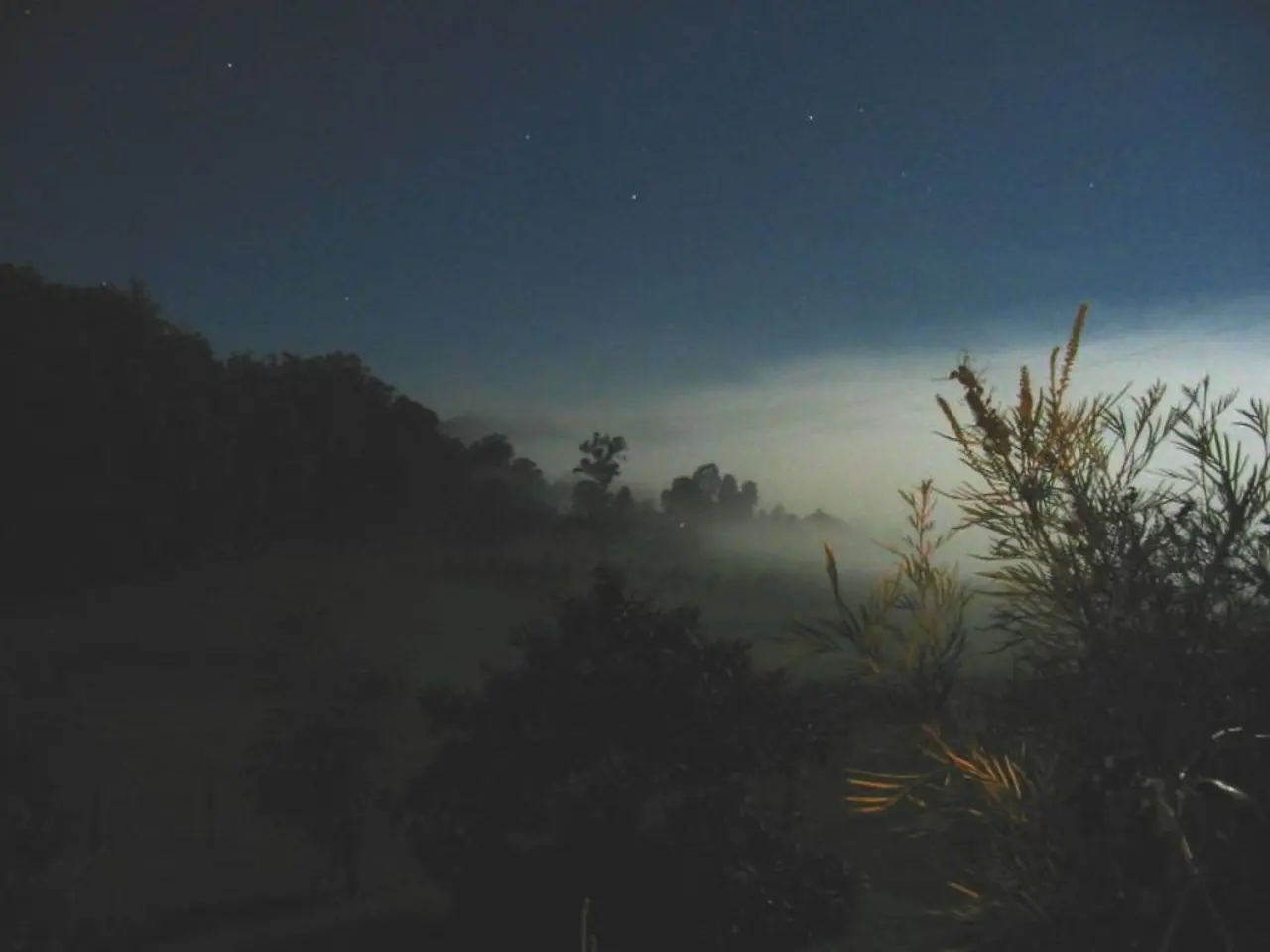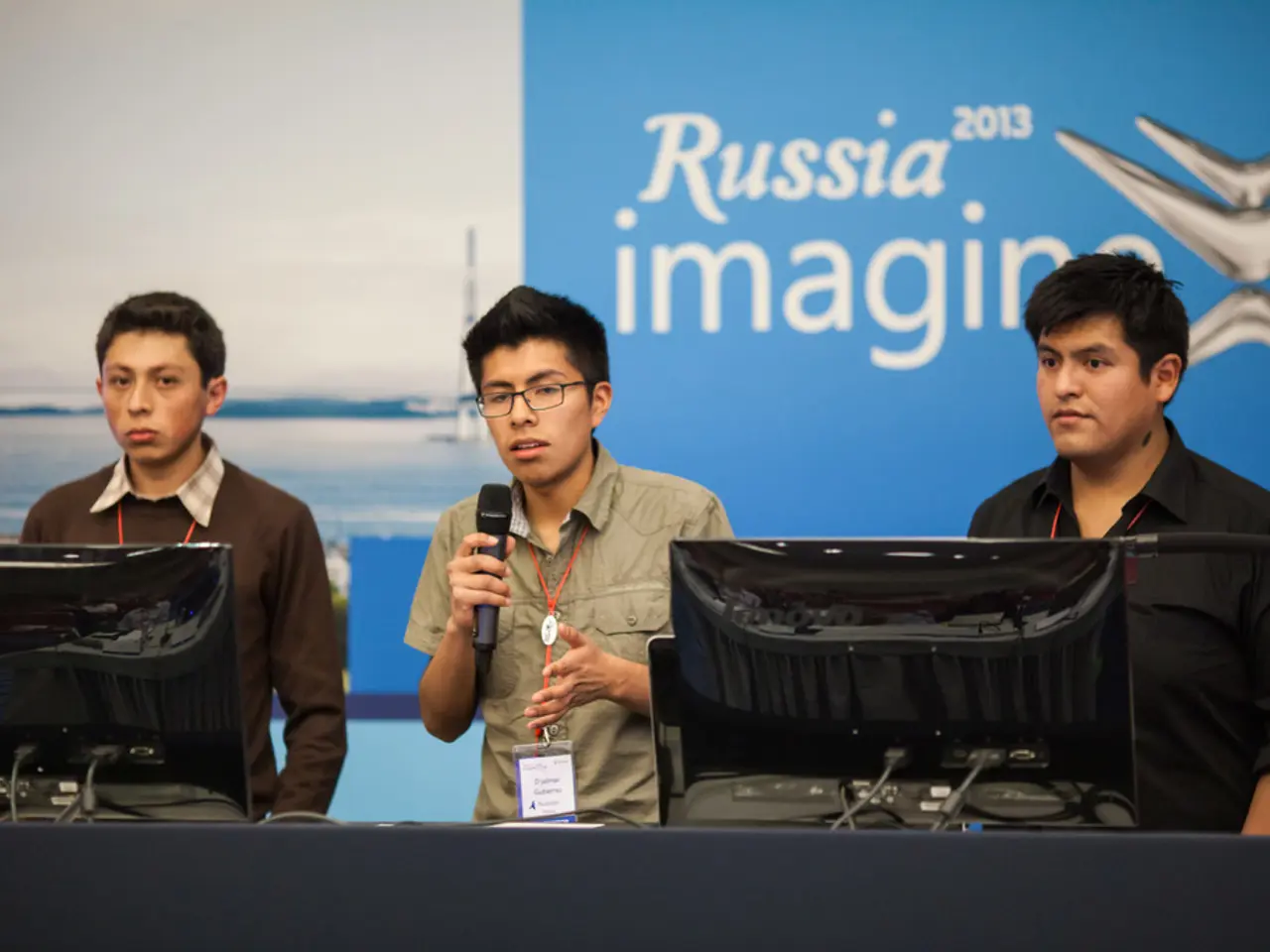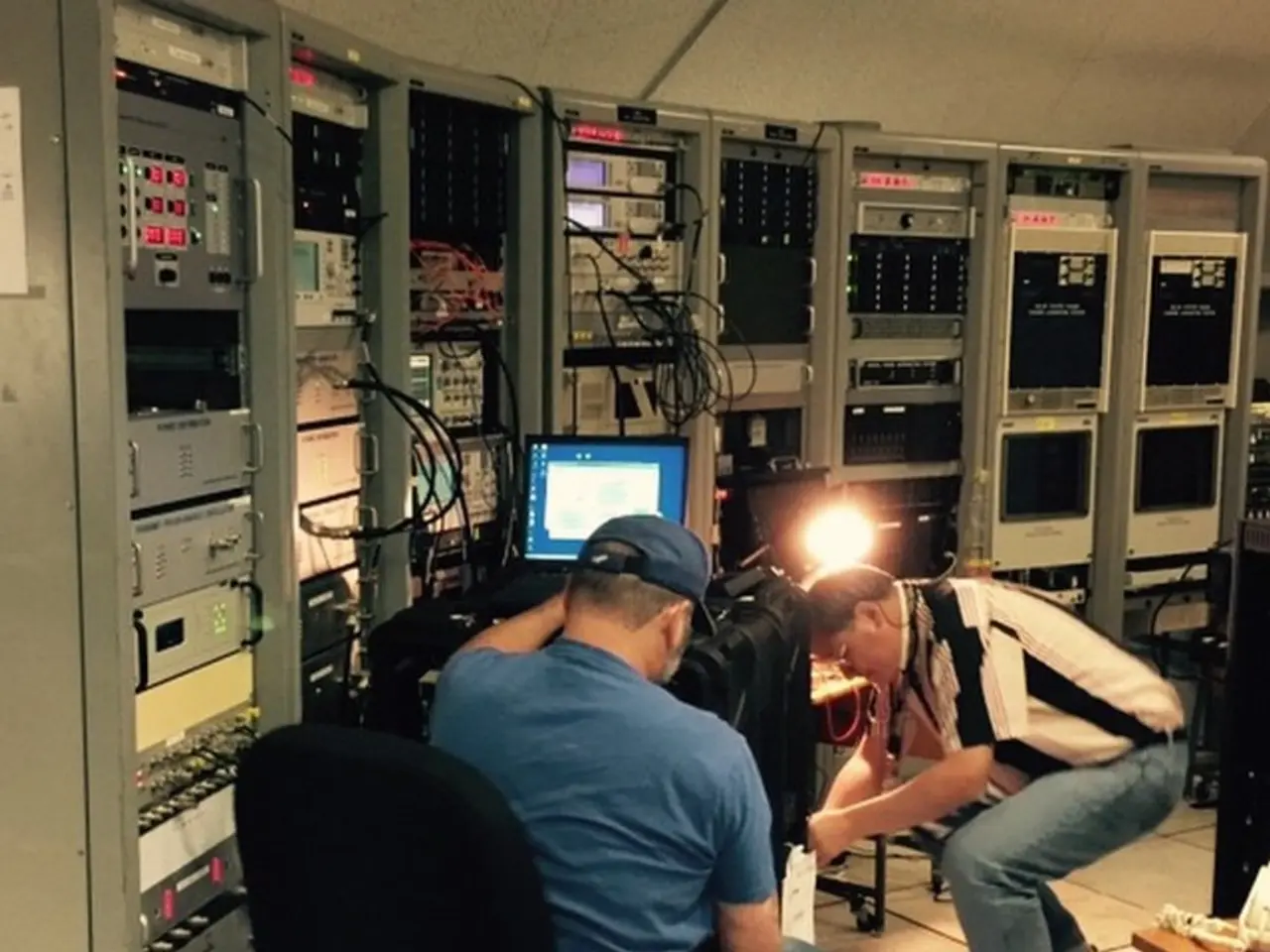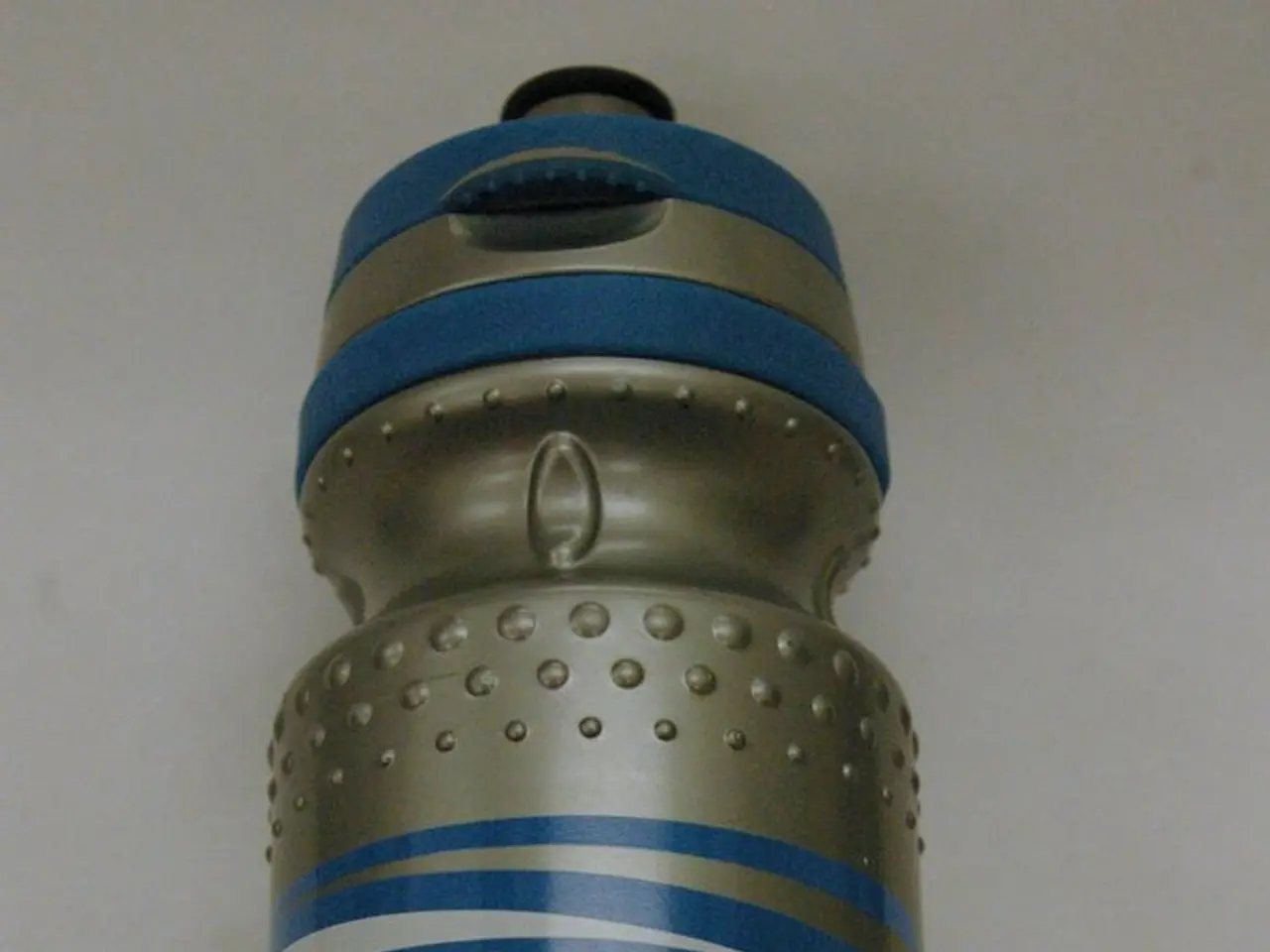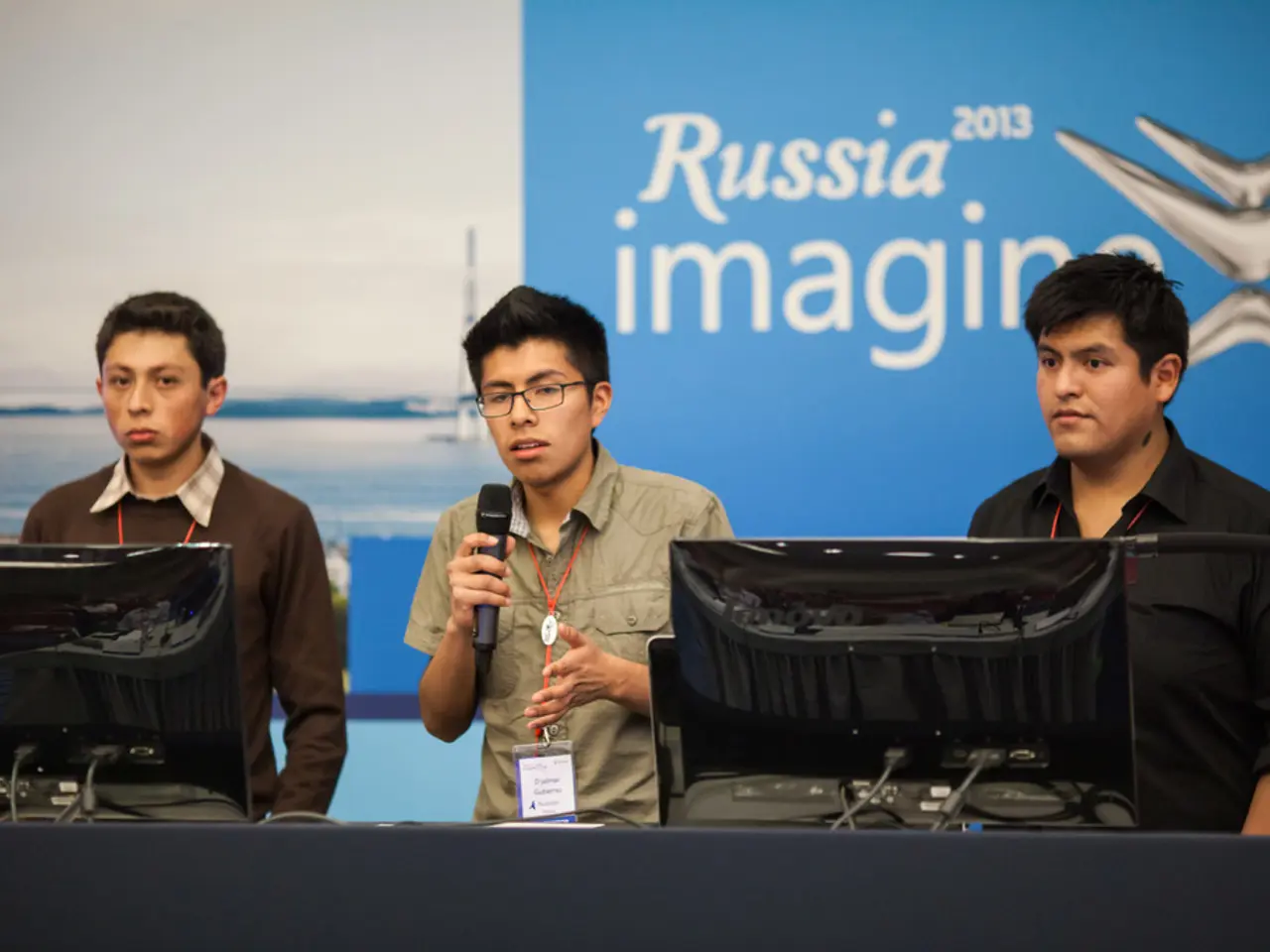"A Fervent Pursuit": Rod Prazeres' Voyage through Deep Sky Astrophotography
In the vibrant city of Brisbane, Australia, a new star has emerged in the realm of astrophotography. Rod Prazeres, a self-taught enthusiast, has made a name for himself in less than two years, producing award-winning images that blend scientific precision with artistic expression.
Prazeres' journey began at home, with the Sky-Watcher NEQ6-Pro as his trusted companion. For remote dark sites, he employs the Sky-Watcher Wave 150i. Both systems are integrated via ASIAIR for full remote control and sequencing. His workhorse, the ZWO ASI2600MM Pro monochrome camera, is paired with Antlia 3nm narrowband and Baader RGB filters for star colour.
The foundation of Prazeres' knowledge was built through direct mentorship, including from Adam Cohen, who taught him the fundamentals of PixInsight software and data processing. He further expanded his skills by attending advanced workshops led by Steeve Body, which helped him elevate his work significantly. Initial learning was also gained through watching numerous training videos and reading astrophotography forums.
Narrowband imaging, especially using H-alpha, OIII, and SII filters, is a key aspect of Prazeres' work. Post-processing for his images is mostly done in PixInsight, with final touches added in Photoshop for colour adjustments, soft contrast tweaks, and ensuring visual consistency across platforms.
Prazeres' work has been published in esteemed magazines such as BBC Sky at Night and Astronomy Now, and he has won the William Optics International Astrophotography Competition and the nPAE Northern Hemisphere Astrophotography Competition.
Planning for astrophotography sessions involves considering the moon phase and target visibility. Light Pollution Map helps Prazeres locate remote sites with lower Bortle values for imaging. For target scouting and framing, he uses tools like Stellarium, Telescopius, and astronomy.tools.
Cosmic animations are created using Adobe After Effects, with subtle zooms, pans, rotational movements, and parallax effects. Rod Prazeres' imaging toolkit includes the Askar 130PHQ for high-resolution imaging and the William Optics RedCat 51 II for widefield captures.
People can follow Prazeres' work and contact him for enquiries or collaborations on Instagram, his website, and through email at [email protected]. His passion for deep-sky astrophotography, particularly revealing the sculpted beauty of nebulae and supernova remnants, continues to inspire and captivate audiences worldwide.
- Rod Prazeres, a self-taught astrophotographer from Brisbane, has chosen the Sky-Watcher NEQ6-Pro and Sky-Watcher Wave 150i as his primary and remote astrophotography tools, respectively, which he controls with ASIAIR.
- For his stellar imaging, Prazeres relies on the ZWO ASI2600MM Pro monochrome camera, combining it with Antlia 3nm narrowband and Baader RGB filters to capture vivid star colors.
- The basis of Prazeres' astrophotography skills was built through personal mentorship, including from Adam Cohen, and expanding his knowledge through advanced workshops, training videos, and astrophotography forums.
- Deep-sky objects in Prazeres' images are captured using Narrowband imaging, incorporating H-alpha, OIII, and SII filters, and their details are drawn out in post-processing primarily with PixInsight and Photoshop.
- Prazeres' award-winning astrophotography work has been published in magazines like BBC Sky at Night and Astronomy Now, securing victories in competitions such as the William Optics International Astrophotography Competition and the nPAE Northern Hemisphere Astrophotography Competition.
- To plan for astrophotography sessions, Prazeres uses Light Pollution Map to discover remote sites with lower Bortle values and tools likeStellarium, Telescopius, and astronomy.tools for target scouting and framing.
- Enthusiasts can follow Prazeres' astrophotography journey on Instagram, his website, and via email at [email protected], where he showcases his stunning imagery of nebulae, supernova remnants, and other celestial phenomena captured using modern astrophotography tools, smart-home devices, gadgets, and technology.
